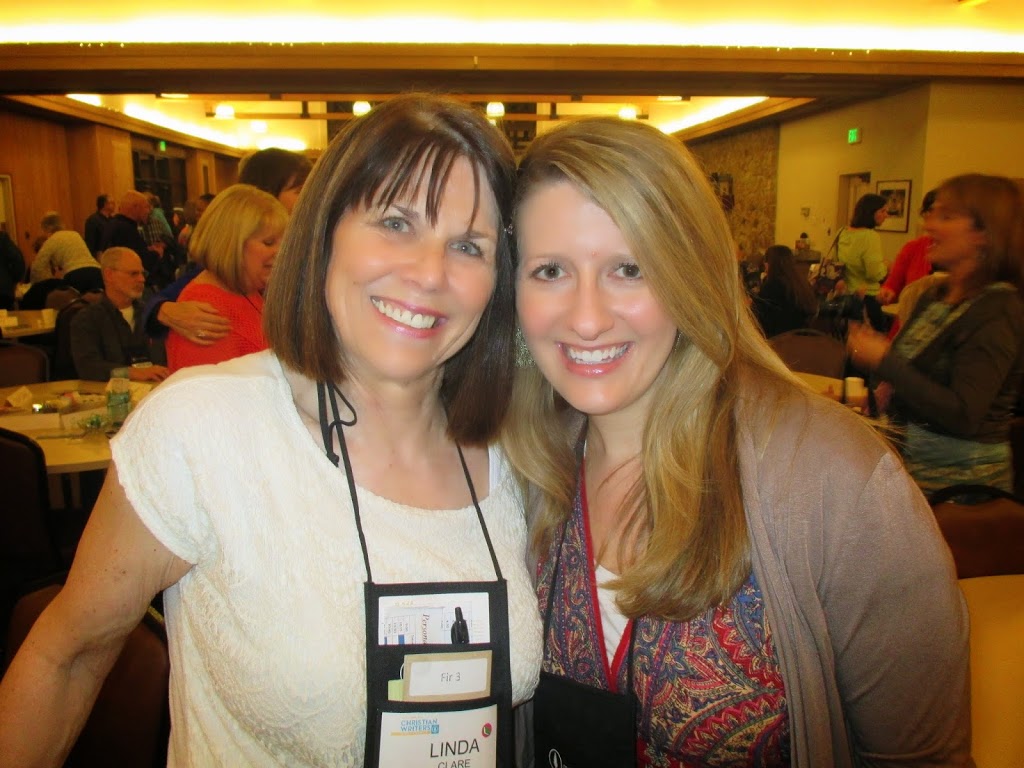 |
| My cool roomie Allison at Mt. Hermon |
I just returned from a conference in California, where I learned some terrific writing tips. Today’s comes from bestselling novelist Angie Hunt.
Writing Tip for Today: How can you craft a better opening line for your fiction?
Fill Opening Lines with Tension.
This sounds basic but every good novel–even if it shows the character in ordinary time or everyday life–contains at least a hint of tension. In my opinion, in character-driven novels, emotional tension works best, although you may also give the character an external source of tension. Avoid backing into your novel with back story. Back story is anything which has already occurred as the story opens. A lot of times you can identify these bits of back story (aka flashbacks) by the use of the past perfect HAD. EX: She HAD fought with her husband the night before.
Stage the Character Right Away.
Although nineteenth century and some 20th century novels open with a description of setting with no one on stage, 21st century readers want a character on stage from the git-go. Don’t allow yourself to wax poetic about the scenery without a point of view character who has that tension thing going on. Describe setting in terms of the character’s attitude toward it: if all is well, the place seems safe and comfy. If all is not well, even the scenery and weather can be a little threatening. Use this to place your character in a particular place/time as well as give the reader info on the character’s emotional and physical tension.
Plant a Question into Readers’ Minds.
The coolest thing Angie talked about was to say that if writers insert a potential question into the readers’ minds at the very first sentence, we are far more likely to HOOK those readers. It can be as simple as, “Why is this character in this place?” or as complex as trying to learn the answer to an urgent and upsetting situation. Be careful though, that you do not place your character in your highest risk or stakes scene. You need to create a question, but build up through the story to that highest stakes scene–aka the climax. Angie recommended listing all the risky things the character must face in order from least to worst and then using these scenes in ascending order in the story.




